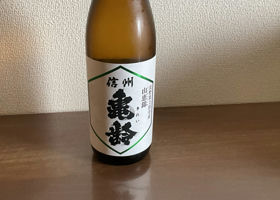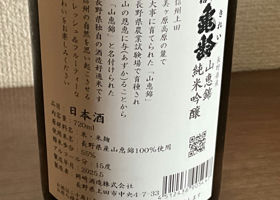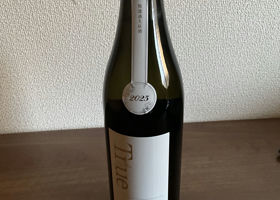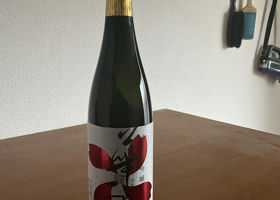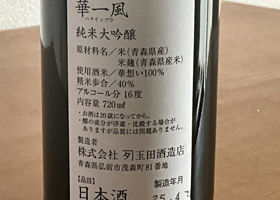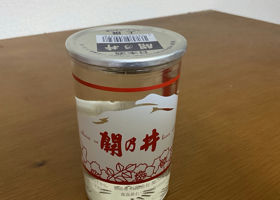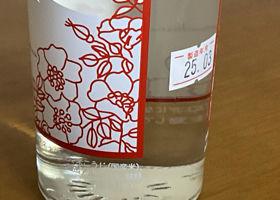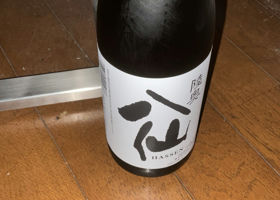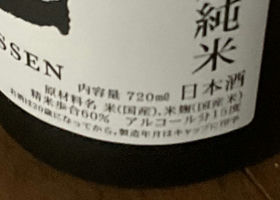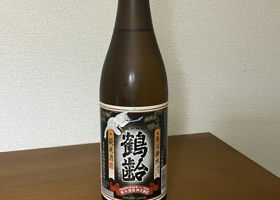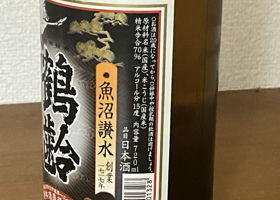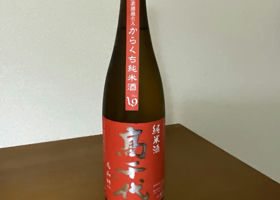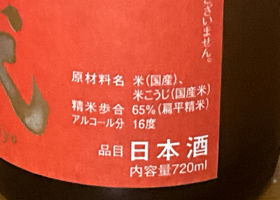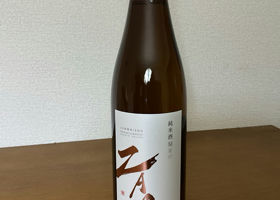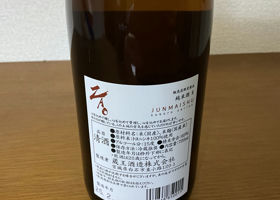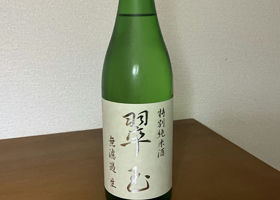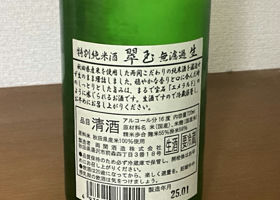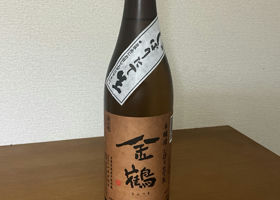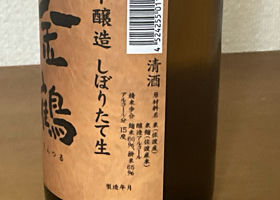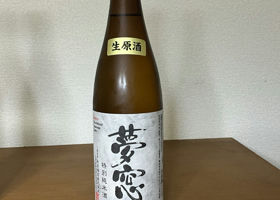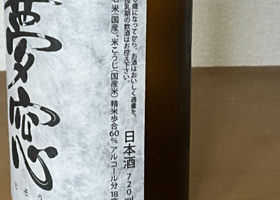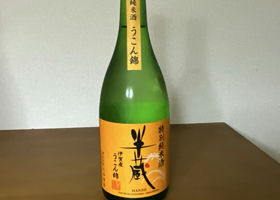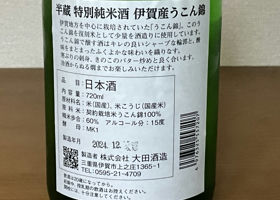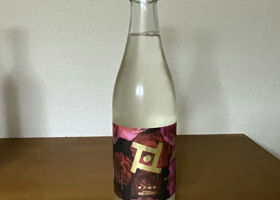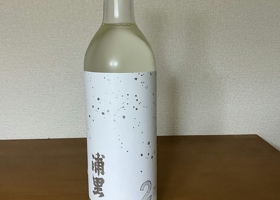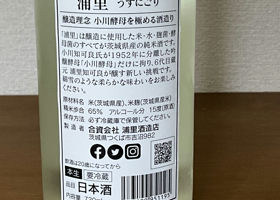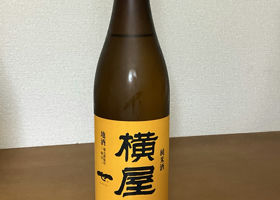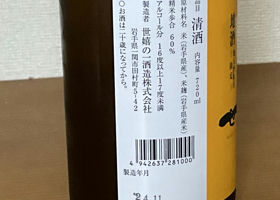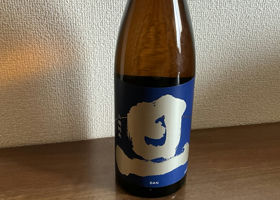

Kab
From room temperature. The aroma is somewhat mature from the moment it is opened. The aroma is somewhat syrupy and the flavor is pleasant, like freshly cooked rice. It has a good sense of maturity. The sharpness is also pleasant. It goes well with miso nabe and salads.
It has been left at room temperature for 6 days, and there is not much difference in the cold sake, which is close to room temperature. The acidity is a little more pronounced and goes well with meat. It can be drunk in hot weather without any discomfort thanks to the acidity.
On the 10th day, when it is cooled down to the perfect temperature, there is almost no aging can. On the 11th day, it is heated to 40°C (104°F).
On the 11th day, it is heated to 40°C. The sharpness is quite good and the bitterness in the aftertaste changes to spiciness. At 45°C there is no difference. Personally, I prefer it warmed or at room temperature.
It is a good sake, but I can't deny that it is a bit overpriced at over 2,000 yen for such specs.
Japanese>English
